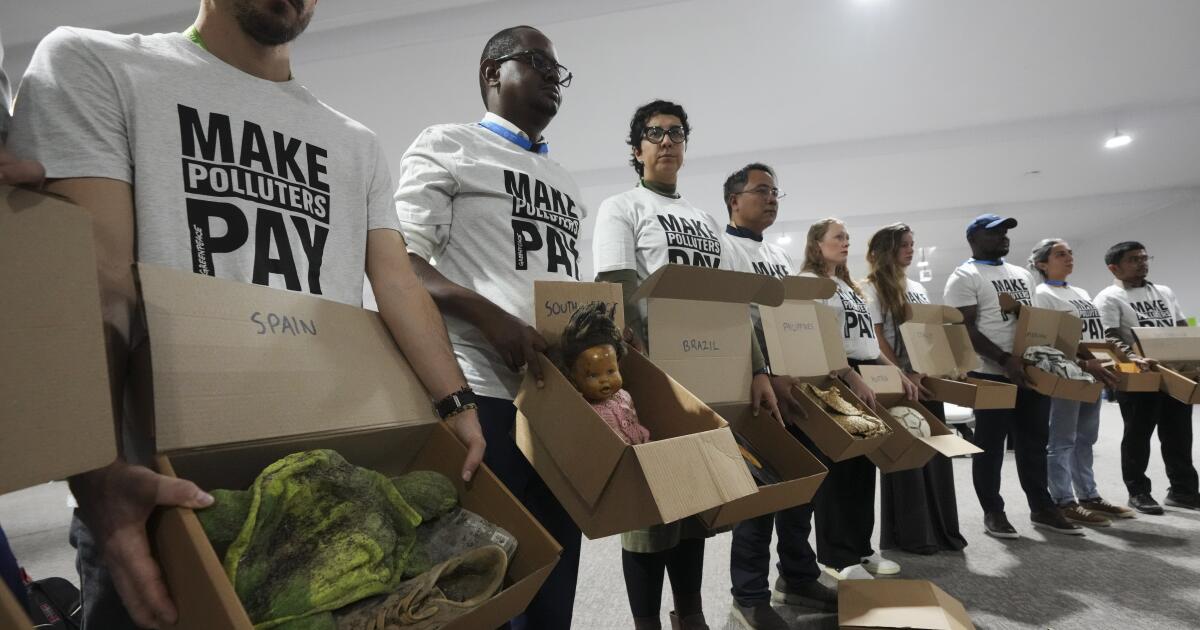Bartender Athena Young was busy shining glasses while chatting with the Review-Journal about the no-tax-on-tips policy at Atomic Kitchen in Las Vegas on a sunny Wednesday, July 31, 2024. Meanwhile, Maddy Lopez, who’s been mixing drinks and waiting tables in Los Angeles for a cool 25 years, knows tips can fill up a worker’s paycheck nicely. When she caught wind of President Donald Trump’s “big beautiful bill,” promising no taxes on tips, her gut said, “Maybe it’s a tad too sweet to be true.”
Lopez has learned from experience that tax breaks often come with strings attached, and she’s doubtful about how big the benefit will turn out to be. Experts agree it’s a head-scratcher since details about which jobs or types of tips qualify are still as clear as mud. Some workers are scratching their heads about what the tax break even means.
T. Cooper, doing hair and makeup in New York City, thinks people are misreading the whole deal. “Lots of folks think taxes on tips are going away,” she pointed out.
When it comes to politics, both sides tossed around the no-tax-on-tips idea during the 2024 race. Packed within Trump’s bill, there’s a deduction of up to $25,000 aimed at reducing taxable income. This perk, however, shrinks if your adjusted gross income tops $150,000. Plus, it’s only sticking around from 2025 to 2028.
Ben Henry-Moreland, a financial pro at Kitces.com, noted you’re still likely on the hook for state taxes on those tip earnings, plus payroll taxes like Medicare and Social Security.
For the deduction, tips gotta be listed on forms like the W-2 or 1099, but the rules there are foggy. Not all workers get this yet. The IRS says if you make 20 bucks or more in tips monthly, they need reporting. Tips span cash, pool-sharing payouts, or credit card additions. Clarity on which jobs qualify is on the IRS’s agenda for early October.
Now what’s a “qualified tip,” you ask? The deal covers cash or credit card tips and shared earnings. But if it’s customer-optional, which muddles charges like automatic gratuities at restaurants, you might be out of luck. Maddy Lopez chimed in that these mandatory tips often just mix with regular ones on tax forms, adding to the puzzle.
Recently, tips started shrinking as the economy wobbled. The average tip in the second quarter of 2025 stood at 14.99%, slipping from the previous quarter, according to a Square report.
With consumer confidence in a dip and tipping fatigue catching on, many workers, including Lopez and Cooper, have noticed tighter belts around tips. Rising service costs and economic pressures are partly to blame. Cooper notes that as salon expenses climb, tips don’t reflect any resentment towards workers but rather the heavier total bills.
Even restaurant tabs have shrunk, Lopez remarked. Once, a $200 tab meant $40 in tips; now it’s common to see a $100 bill and discover you’re only getting a $20 tip for the same effort.

















